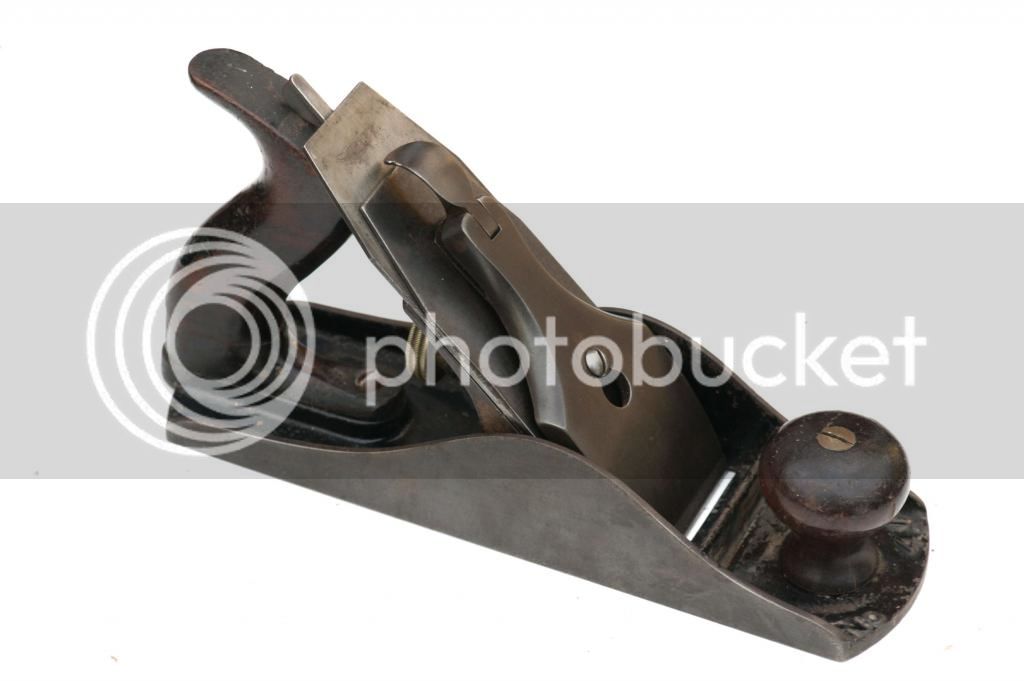RogerP
Established Member
... found this 1888 Stanley. 




RogerP":1a4976i3 said:... found this 1888 Stanley.
... yes it did.JohnPW":31ojmjf2 said:RogerP":31ojmjf2 said:... found this 1888 Stanley.
It didn't cost anything?
Sorry, I didn't give any details and there are insufficient pointers to date it just from that photo.lurker":k0wtbenm said:How do you date it at that?
I would have said just before 2nd world war








Yes they do have an indefinable something!Corneel":1tikho6x said:Those old ones have some magical appearance, don't they? I've got one pre war Stanley, type 11 #7, and it looks so much better them ny post war UK models.
Cheshirechappie":8mxg6mew said:..........
P.S. Have you lapped the sole on 80-grit wet-and-dry, yet? It won't work unless you do, you know. :lol:
Yes, the next thing will be putting the blade in the wrong side up.Cheshirechappie":8ug1oky1 said:Not too uncommon in North America, but pretty rare this side of the pond. Given the notoriously conservative and rather parochial outlook of the British workman during the Victorian and Edwardian eras, one wonders at the conversations it must have heard.
"You don't need all them fancy new-fangled things for working wood. They'll never catch on. A good solid Sheffield iron in a piece of good British beech is all you need. These fancy new innovations are just a way for clever marketing men to get your cash off you. Dang it - they'll be trying to sell you jigs for sharpening it next!":
Cheshirechappie":2ed0twbo said:"You don't need all them fancy new-fangled things for working wood. They'll never catch on. A good solid Sheffield iron in a piece of good British beech is all you need...."

... Yes of course! Missed thatfrankederveen":1dy0dose said:.......
Conclusion: some sort of Frankenplane, which is fine by me =)
With kind regards,
Frank
Enter your email address to join: